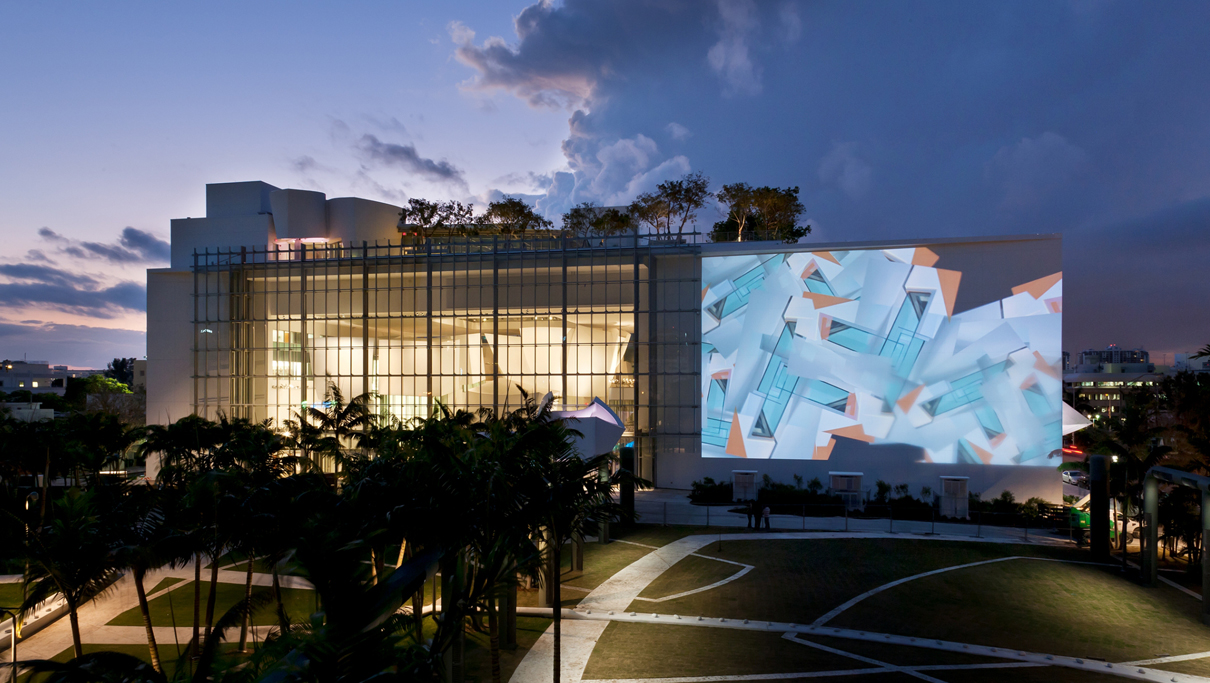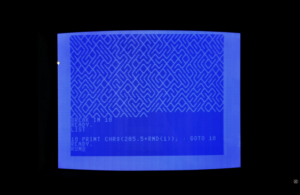The main point from this lecture that stood out to me was the balance between randomness and order which has been central to the development of interactive art over time.
Prior to learning about the technical process behind coding, I never considered that conceptualization and randomness can coexist within the same work. I was vaguely aware of algorithmically generated art, especially with the rise of AI generated images in the past few years, and I had been exposed to contemporary art which puts conceptualization at the forefront. However, the merging of the two is something relatively new to me and definitely an avenue which I would like to explore in the future to expand the scope of my personal work beyond traditional photographic practices.
One of the examples of this presented in the reading was a project by Reas entitled Chronograph in which he algorithmically generated visuals to be projected onto the New World Center in Miami. What stood out to me from this work was the intentionality behind it as the visuals were created using images of the neighborhood surrounding the center and later manipulated and collaged through coding. This defied my preconceived notion of digital, coded art to be nothing more than a display of technique and skill as it offered a very tangible ‘why’ to the decision making process behind the work. I have included it below.

Another point which stood out to me from the lecture was the effectiveness of simplicity. This became apparent to me as Reas did a live demo of a very basic Commodore 64 program. Despite only using two basic symbols, Reas’ introduction of randomness allowed the program to produce an interesting visual. As someone who is inexperienced in coding, I would like to combine the aforementioned intentionality with the effective simplicity of this C64 program in order to get the most out of my work.

